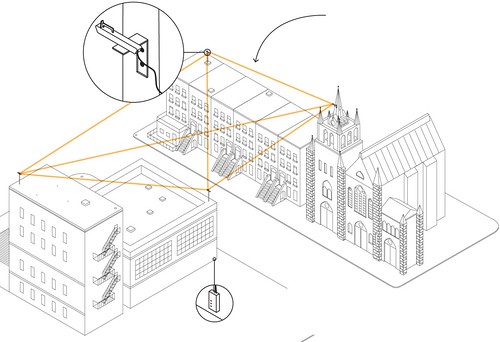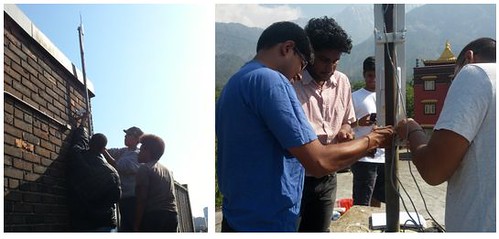The NY Times reports the State Department has provided $2.8 million to a team of American hackers, community activists and software geeks to a mesh network, as a way for dissidents abroad to communicate more freely and securely.
The United States Agency for International Development has pledged $4.3 million to create mesh networks in Cuba, a target that is sure to start debate.
Radio Free Asia, a United States government-financed nonprofit, has given $1 million to explore multiple overseas deployments. A mesh network can blanket main areas of town, and users have access to a local server containing Wikipedia in French and Arabic, town street maps, 2,500 free books in French, and an app for secure chatting and file sharing.
The mesh network does not need to be linked to the wider Internet.
Sascha Meinrath, founder of the Open Technology Institute at the New America Foundation, a nonpartisan research group in Washington that has been developing the mesh system.
 The Red Hook Network in Brooklyn is a community-led effort to close the digital divide and facilitate access to essential services using OIT’s Mesh system.
The Red Hook Network in Brooklyn is a community-led effort to close the digital divide and facilitate access to essential services using OIT’s Mesh system.
It was created by a group of Digital Stewards, local young adults ages 19-24, as part of a year-long job training program. It partners with local businesses and residents to host nodes.
The big advantage of mesh networks is availability. You can set up nodes wherever you can, and they’ll find other nearby nodes and self-organize to route data. It’s particularly valuable in emergency networks.
“Commotion’s own site says that it can not hide your identity”, “does not prevent monitoring of internet traffic”, and “does not provide strong security against monitoring over the mesh”.
OTI has partnered with groups around the world to develop the concept of Digital Stewardship, and hopes to refine it as more communities adopt and adjust it for local needs.
 Earlier this month, the Associated Press reported that USAID engineered the creation of a Twitter-like communications network called ZunZuneo aimed at giving a platform to political dissent to spark reform.
Earlier this month, the Associated Press reported that USAID engineered the creation of a Twitter-like communications network called ZunZuneo aimed at giving a platform to political dissent to spark reform.
The “Cuban Twitter”, reached at least 40,000 Cuban subscribers but was retired in 2012 without notice.
The Obama administration said the program was not covert and that it served an important purpose by helping information flow more freely to Cubans. Parts of the program “were done discreetly,” Rajiv Shah, USAID’s top official, said on MSNBC, in order to protect the people involved.
Posted on Tue, 22 Apr 2014 16:01:01 +0000 at http://www.dailywireless.org/2014/04/22/...nications/
Comments: http://www.dailywireless.org/2014/04/22/.../#comments

